Ilta varieteessa (1915) Online
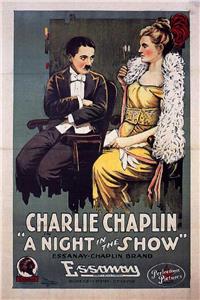
Mr. Pest tries several theatre seats before winding up in front in a fight with the conductor. He is thrown out. In the lobby he pushes a fat lady into a fountain and returns to sit down by Edna. Mr. Rowdy, in the gallery, pours beer down on Mr. Pest and Edna. He attacks patrons, a harem dancer, the singers Dot and Dash, and a fire-eater.
| Complete credited cast: | |||
| Charles Chaplin | - | Mr. Pest / Mr. Rowdy - in the Balcony |
Based on a famous comedy act called "Mummingbirds" in which Charles Chaplin starred when he was a player with The Karno Company in England.
The film was restored in 2014 through the Chaplin Essanay Project thanks to the financial support of The George Lucas Family Foundation, The Film Foundation and The Material World Charitable Foundation.

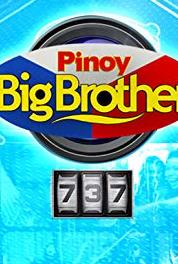

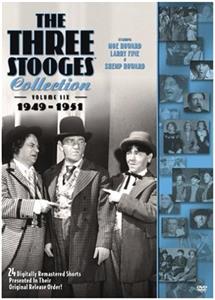
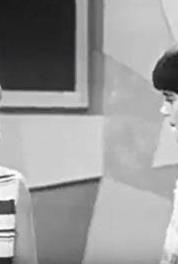
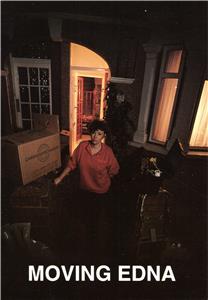
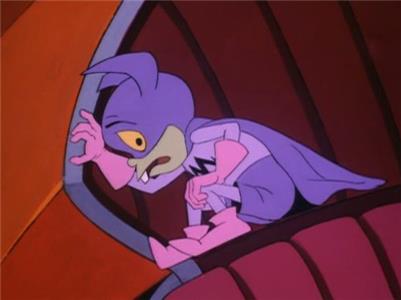
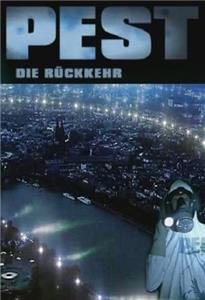
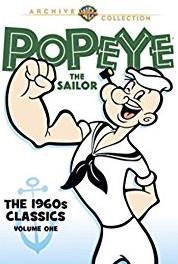
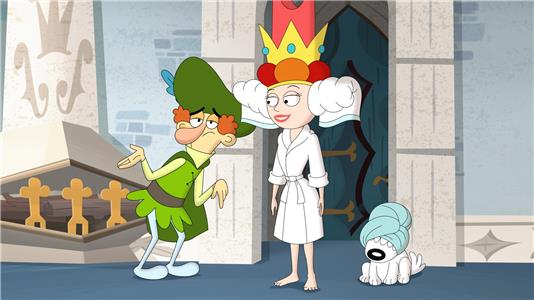
User reviews